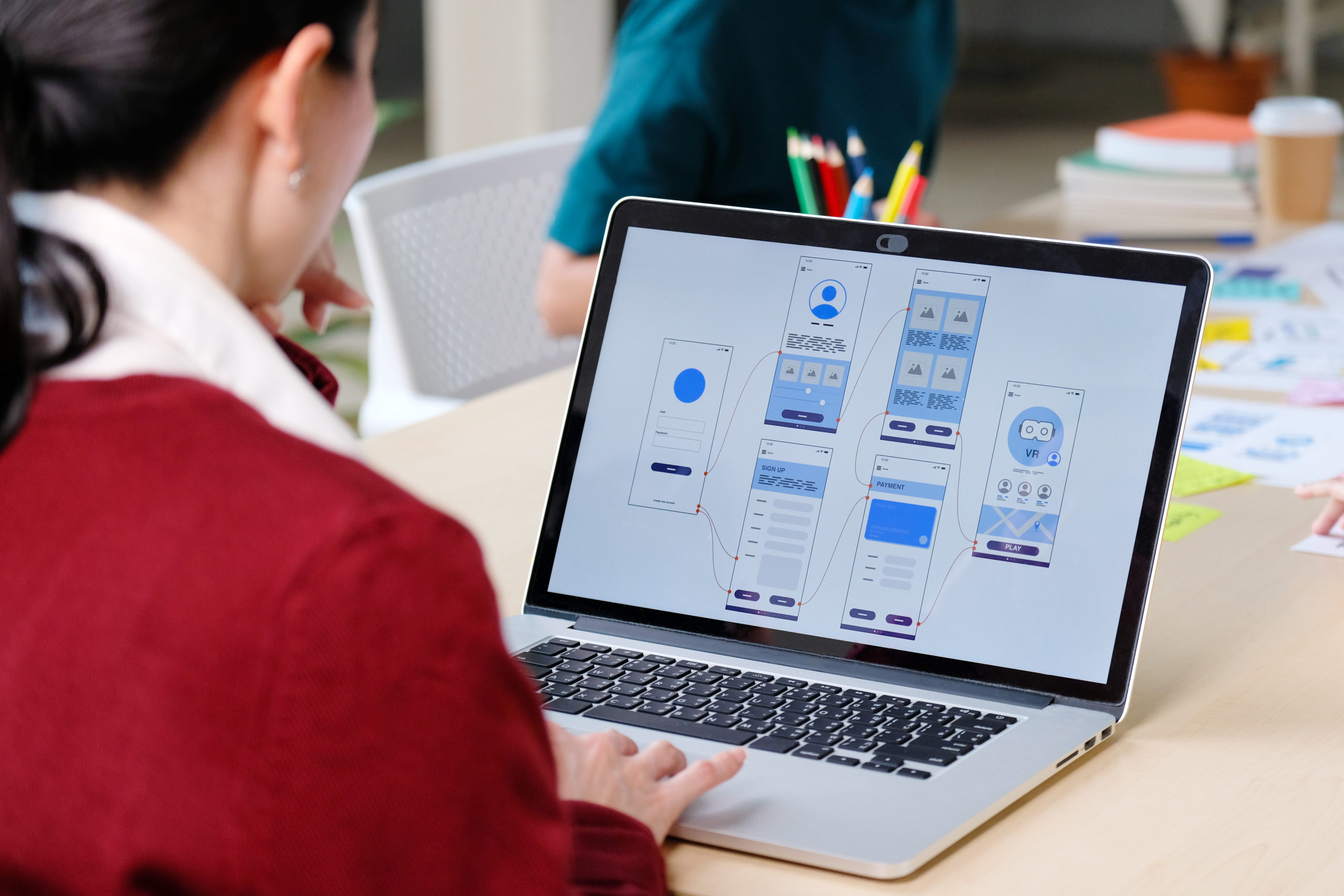This is a complete guide to building a prototype of your product.
In this detailed guide you’ll learn:
- What is a prototype
- Different types of prototypes
- How to choose a prototype
- Plus lots more
So, if you’re ready to build your prototype, this guide is for you.
Let’s dive right in.
An Introduction to Prototypes
Today we’re going to take the first step toward putting an actual product in front of someone.
Spoiler alert: This isn’t going to be a real product.
Instead, we’re going to talk about prototypes, an invaluable set of tools that will help you, as the saying goes, “fake it ‘till you make it,” on your journey to building a software product.
Prototypes Explained
What is a prototype, anyway? Well, we need to start by clearing up some confusing jargon.
In the world of software and startups, there are two concepts that often get confused with each other. The first, is a Prototype. The second, which we’ll tackle in a later series, is the Minimum Viable Product (MVP).
There are many heated debates about where the line is drawn between these two tools, but we want to make this easy for you to understand by offering a simple litmus test:c:
If it creates value and a customer will trade something of value to use it, it’s an MVP. If it doesn’t create value, it’s a Prototype.
To make it more clear, if you create a mock website using UX software where the buttons don’t really work and nothing actually happens when the user interacts with it, you’ve got a prototype on your hands.
If you create a fully functioning, but limited-in-scope website that a user is able to interact with and gain something of value from it, it’s an MVP.
This is a super important distinction because where and when you use a prototype or MVP depends on where you are in your product lifecycle. At the stage we’re discussing today, your product, even in its most basic form, probably isn’t ready for prime time.
Instead, we need more data to help us decide what to build and if we even have a product concept that’s worth building at all.
We started collecting this data during our Ideal User Interviews, but we’ll really bring it home by asking our gracious early users to interact with a “fake” version of the product to gauge their reaction and gather qualitative feedback.
There are a ton of different ways to prototype your idea, which we simplify below.
Choosing a Prototype for Your Product
Now that we have a better understanding of exactly what a prototype is, we can talk a little more about the kind of prototypes available as you begin to test your product ideas. Keep in mind, these are still pretty high-level descriptions; the exact nature of your prototype will depend largely on the specifics of your product and market.
Types of Prototypes
High Fidelity Prototypes
High fidelity mockups usually look and even feel like the real thing. Tools like Adobe XD or Figma allow you to take brand collateral and other design elements and create a really lifelike website or mobile app, complete with clickable buttons and limited functionality.
But the secret is that none of the functionality actually works.
Buttons and links in these mockups can be connected to different pages as a part of the same project, but none of them communicate with databases, you usually can’t enter any text, and nothing actually happens when you interact with it.
The customer just gets to put their hands on something that actually looks and feels like a real thing.
Creating these types of prototypes usually requires some brand collateral and design expertise to execute, but they can be incredibly valuable testing tools.
Low Fidelity Prototypes
On the other end of this spectrum is a low fidelity mockup. These kinds of mockups often look like hand-drawn, manually implemented mock-ups.
Picture this:
You’re in a room and someone puts an 8.5” x 11” piece of paper with an illustration of a website in front of you. The person asks you to “perform” a task by pointing to or touching the part of the “website” you think will help you accomplish that task.
When you do so, the facilitator will remove the piece of paper and place another in front of you representing the new screen you’ve just accessed.
This may sound silly at first, but low fidelity mockups are very valuable tools to take the feedback you’ve gathered from interviewing your ideal users and allow them to actually put their hands on something that represents the concept you’ve talked with them about.
Demand Tests
The final common prototype is a demand test. The name says it all; this prototype exists purely to gauge the level of demand you can generate for your concept.
Practically speaking, this commonly looks like a landing page with an email sign-up.
The idea is simple: if you can generate sign-ups through marketing and content efforts, you have a valuable data point for whether or not people are even interested in what you’re creating.
One more note on demand testing: This type of prototype is often where arguments about “Prototype” vs “MVP” happen. Let’s say you include an email drip sequence for new sign-ups. That’s something of value, right? And someone traded something of value for it (and email address), right?
So why isn’t this an MVP?
At AppThink, we still count this as a prototype because, while the hypothetical email drip sequence is something of value, it doesn’t represent an interaction with the product. That is, unless your product is actually a landing page with a sign-up form.
Wrapping it up
There are many other kinds of prototypes available to test early-stage products. The good news is you don’t have to use just one! In fact, throughout the lifecycle of your product, you’ll likely use all of these and more to develop your MVP and future versions of the product.
Getting familiar with prototyping now, however, will give you an invaluable set of skills that, as you get more comfortable with them, will help you complete the early stages of validation faster with every new product or feature you create.
Have you heard about Foundations by AppThink?
Interested in learning how to turn your idea into a real business? Check out Foundations by AppThink, a cohort-based course that will walk you through validating your idea, testing your idea, and executing on a Minimum Viable Product (MVP).
Foundations is perfect for an entrepreneur with an idea but is unsure of the steps to take to attack the problem and build a business. Have Questions before you join? Send us a message, we’re happy to help.



